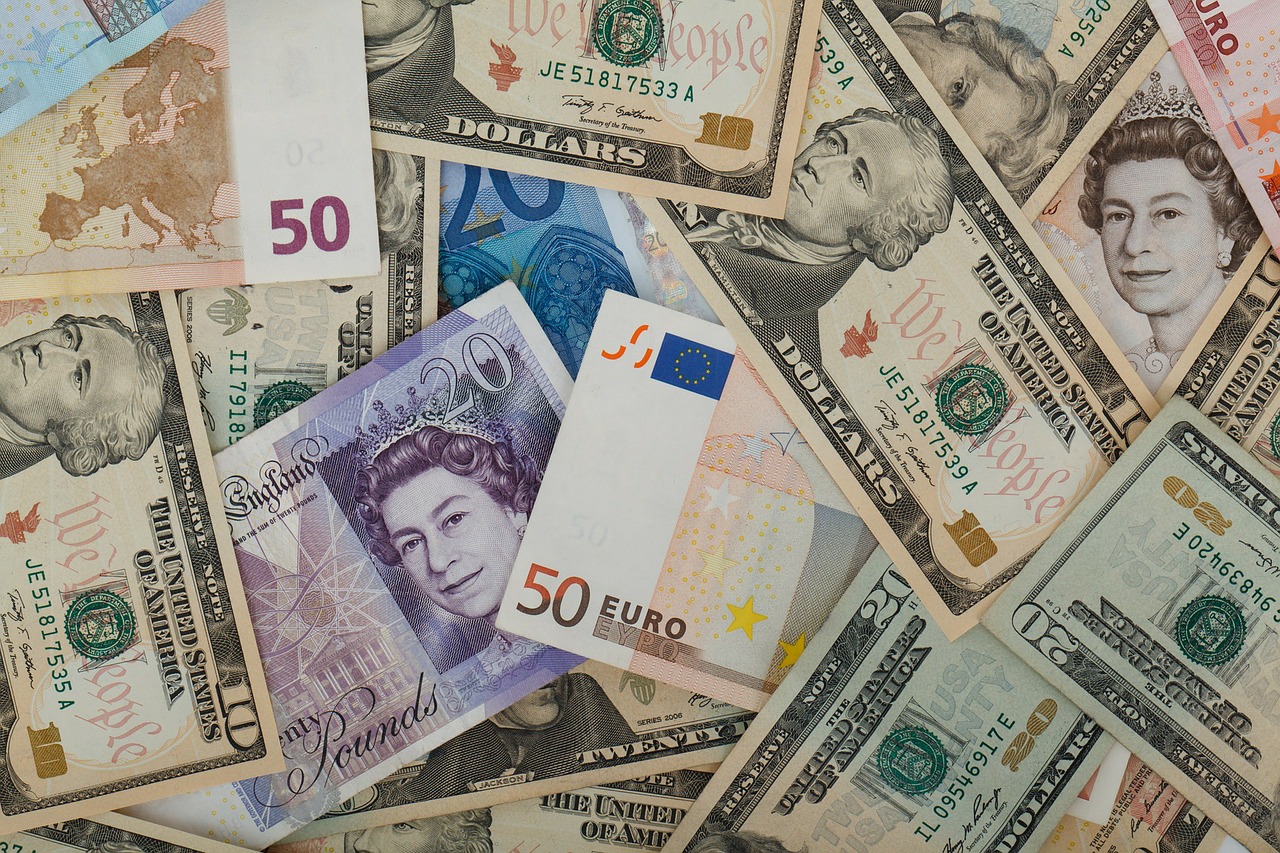Monex: Alle ogen gericht op ECB-bijeenkomst vanmiddag - Kan Lagarde de euro omlaag praten?
Monex: Alle ogen gericht op ECB-bijeenkomst vanmiddag - Kan Lagarde de euro omlaag praten?

Hieronder volgt een kort commentaar in het Engels van Ranko Berich, Head of Research bij Monex Europe op de Amerikaanse dollar, euro en het Britse pond.
EUR
The euro awaits a turbulent day ahead of the European Central Bank’s rate decision, having rallied some 0.6 percentage points since yesterday. In the press conference at 14:30 CET this afternoon, ECB President Christine Lagarde is widely expected to opine on the massive 12% rally seen in EURUSD over recent months. Downplaying the impact of a strengthening euro may give the currency renewed vigour after a minor sell-off in recent days, leading to undesired further strength. On the other hand, attempting to jawbone the euro lower, perhaps by saying the ECB is “watching” exchange rates or discussing their impact on the inflation outlook may temporarily provide some headwinds to the currency. However, verbal intervention in isolation is unlikely to create lasting euro depreciation. Real yield differentials between the US and eurozone, as well as differentials across the eurozone, have significantly decreased over the course of the pandemic. Given that the ECB is also far closer to exhausting its policy toolkit than many peers, any jawboning efforts from Lagarde will be less credible than those of her predecessor, whose ability to weaken the euro verbally is remembered as the “Draghi effect”. In terms of policy, no material changes are expected today, but the Fed’s adoption of average inflation targeting will likely be a topic of discussion, as will the updated staff projections that will be released, as well as the future of asset purchases.
USD
After rallying back up to levels not seen since mid-August, the dollar DXY index dived back down in the afternoon of yesterday’s session. Nearly the whole of the G10 enjoyed a rally against the dollar, with exceptions of a Brexit riddled pound and a stable yen. The main focus in US markets yesterday was the turnaround in stock indices, with even the tech-heavy NASDAQ index rising 2.7% after three heavy days of losses. In the fiscal space, the New York Times reported that Senate Republicans are discussing plans of a smaller fiscal package, but the report highlights a lack of conviction that it will receive the necessary 60 votes to pass. With the timeline for further stimulus running out as the October 2nd adjournment of Congress approaches, the pressure may result in a limited stimulus bill prior to the election. Today, events in Europe are likely to dictate the dollar’s price action in the G10 market, with the North American focus resting on the release of initial jobless claims data at 14:30 CET.
GBP
Sterling mounted a minor rally against the US dollar overnight, having reached fresh lows against both the greenback and the euro in the evening. The Government published legislation on the UK internal market yesterday, confirming reports that the Bill would contain elements that breach the Brexit withdrawal agreement signed last year - and therefore constitute a breach of international law. EU leaders lined up to warn that the law threatens trade talks, which have only weeks to reach a deal before practical and political deadlines for implementation next year expire. The Financial Times, which broke the news of the UK legislation’s controversial provisions, is this morning reporting that the European Commission is preparing potential responses, including a case in the European Court of Justice, or initiating dispute settlement. Among the EU leaders lining up to criticise the proposed legislation was Irish Prime Minister Micheál Martin, who called on the UK to withdraw the offending clauses. US House Leader Nancy Pelosi echoed warnings from UK lawmakers that breaching international law and a signed treaty would harm the UK’s reputation and hamper trade deals, saying that there was “absolutely no chance” of a UK-US trade deal being ratified by congress if the Good Friday agreement was undermined. European Commission vice-president Maros Sefcovic will be in London today holding emergency talks on the topic with Michael Gove - headlines from the meeting will be keenly watched by markets, and carry implications for sterling. Following these developments, the pound is trading some 2.7% weaker against the euro this morning compared to late-August. In percentage terms, this is noteworthy, while GBPUSD is almost 4.5% weaker. However, these moves have not been as dramatic or as chaotic as during previous no-deal scares, and both GBPUSD and GBPEUR continue to trade above their lows during previous close calls with no-deal Brexit. This suggests that markets are either less concerned about no-deal risk or have not yet fully priced it in - or perhaps a combination of both. Judging how far GBPUSD would fall in a true no-deal scenario remains difficult, with estimates ranging from below 1.10 to as high as above 1.25. A twitter poll recently conducted by the Monex team suggests consensus is for a substantial fall to 1.20 or below, a roughly 8% fall from current levels.









